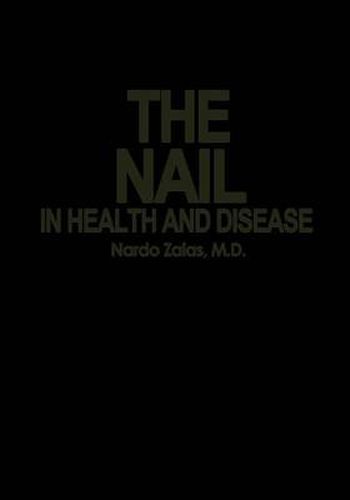Readings Newsletter
Become a Readings Member to make your shopping experience even easier.
Sign in or sign up for free!
You’re not far away from qualifying for FREE standard shipping within Australia
You’ve qualified for FREE standard shipping within Australia
The cart is loading…






This title is printed to order. This book may have been self-published. If so, we cannot guarantee the quality of the content. In the main most books will have gone through the editing process however some may not. We therefore suggest that you be aware of this before ordering this book. If in doubt check either the author or publisher’s details as we are unable to accept any returns unless they are faulty. Please contact us if you have any questions.
The primary intent of this book is to familiarize the medical practitioner with the nail unit in a way which will render, correctly and more easily, the diagnosis of nail diseases. At the same time, it serves to encourage the treatment and corrective measures of the ab normalities, if possible, based on anatomical and physiological knowledge. The chapters on anatomy, regeneration, and nail formation are basic to the author’s in tent. The content ofthe references quoted represents information which is proven and not controversial material. In addition, my own material not previously published is included. I would like to introduce the anatomical concept that the nail unit consists of four dif ferent epithelial structures, each with its own characteristics, yet all interrelated. These four constituents are the Proximal Nail Fold (PNF), the Matrix (M), the Nail Bed (NB) and the Hyponychium (HYP). A disease may occur in any number of or all nail unit structures. A clear understanding of the anatomy, histology, and tissue kinetics of each constituent will be necessary and is the key factor in interpreting the abnormal findings of each of these constituents as disease occurs. It follows, therefore, that treatment and Cor rective measures should include the knowledge of not only the nail but also of its relation ship to the bony phalanx and the digit.
$9.00 standard shipping within Australia
FREE standard shipping within Australia for orders over $100.00
Express & International shipping calculated at checkout
This title is printed to order. This book may have been self-published. If so, we cannot guarantee the quality of the content. In the main most books will have gone through the editing process however some may not. We therefore suggest that you be aware of this before ordering this book. If in doubt check either the author or publisher’s details as we are unable to accept any returns unless they are faulty. Please contact us if you have any questions.
The primary intent of this book is to familiarize the medical practitioner with the nail unit in a way which will render, correctly and more easily, the diagnosis of nail diseases. At the same time, it serves to encourage the treatment and corrective measures of the ab normalities, if possible, based on anatomical and physiological knowledge. The chapters on anatomy, regeneration, and nail formation are basic to the author’s in tent. The content ofthe references quoted represents information which is proven and not controversial material. In addition, my own material not previously published is included. I would like to introduce the anatomical concept that the nail unit consists of four dif ferent epithelial structures, each with its own characteristics, yet all interrelated. These four constituents are the Proximal Nail Fold (PNF), the Matrix (M), the Nail Bed (NB) and the Hyponychium (HYP). A disease may occur in any number of or all nail unit structures. A clear understanding of the anatomy, histology, and tissue kinetics of each constituent will be necessary and is the key factor in interpreting the abnormal findings of each of these constituents as disease occurs. It follows, therefore, that treatment and Cor rective measures should include the knowledge of not only the nail but also of its relation ship to the bony phalanx and the digit.